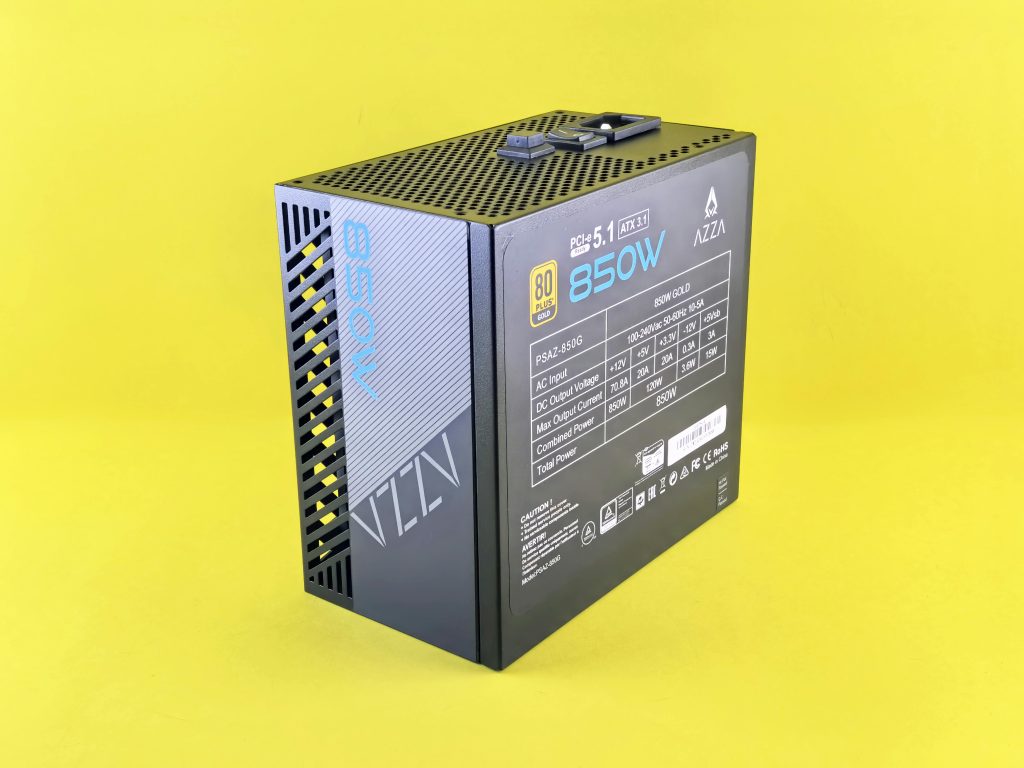Navigating Home Automation Chaos: A Journey After Loss
Hello everyone,
I come to you with a heartfelt story and a technical challenge that has landed squarely on my shoulders. Tragically, my father passed away unexpectedly around a month ago. He was deeply passionate about home automation and took on the brave endeavor of outfitting our entire home with custom-coded solutions using Raspberry Pi devices. His commitment to security led him to avoid typical external servers, resulting in a unique, albeit complicated, system.
As you can imagine, this has left my family in a bit of a predicament. With little knowledge about how everything functions, I’ve taken on the responsibility of untangling this complex setup and transforming our home back into a simpler, more sellable space.
The Challenge
The heart of the issue lies in the extensive wiring throughout the house. There are 36 Ethernet ports located in various rooms, all connected to a central router positioned in a makeshift server room—a veritable jungle of cables, as you can see in the images below:
The central component in this chaotic network is what I fondly refer to as the “rack thing,” which contains all 36 Ethernet ports. The concept is relatively straightforward: a cable from a switch connects to this rack, which then distributes internet access to outlets across the home. However, the sheer complexity is quite overwhelming.
What I Need
To facilitate a smooth transition away from this tangled setup and to help my mother sell the house more easily, I aim to simplify the networking infrastructure. My plan involves integrating a sizable switch that can manage all 36 Ethernet connections seamlessly. I’m currently looking at the TP-Link TL-SG3452 switch:
Key Requirements
- The switch must support gigabit Ethernet and function as a typical household switch—essentially, plug and play with minimal setup.
- I prefer a switch with around 40 ports to allow for future expansions, like connecting a network-enabled server or other devices.
I would deeply appreciate any guidance, recommendations, or resources that
Share this content:




Re: Navigating Home Automation Chaos and Network Simplification
I’m sorry to hear about your loss, and I commend you for taking the initiative to untangle the complex home automation setup. Transitioning to a more manageable network infrastructure is definitely a wise move, especially for ease of future maintenance and resale.
Regarding your plan to use a larger managed switch like the TP-Link TL-SG3452, that sounds like a great solution for supporting multiple Ethernet connections with room for expansion. Since you need a simple plug-and-play setup, ensure that the switch is configured for automatic link detection and DHCP if required.
Here are some tips to help with the transition: